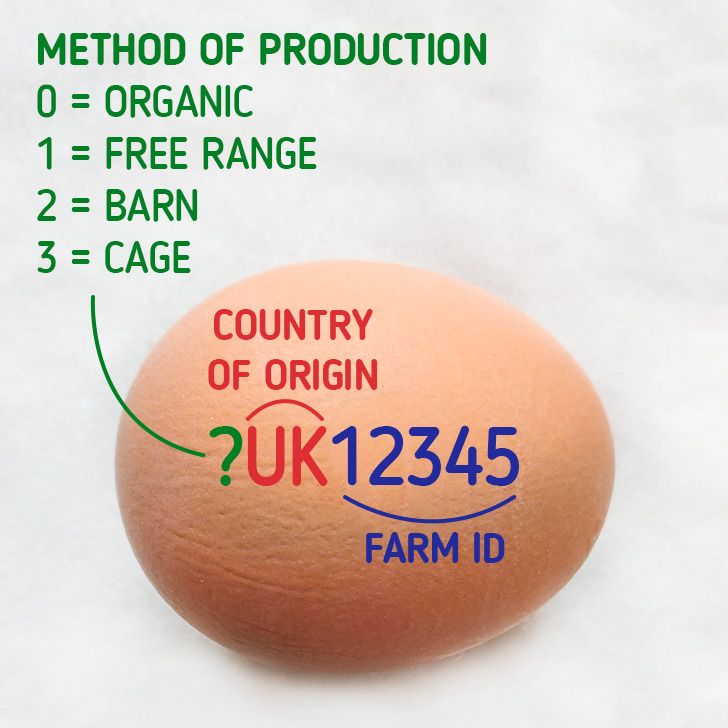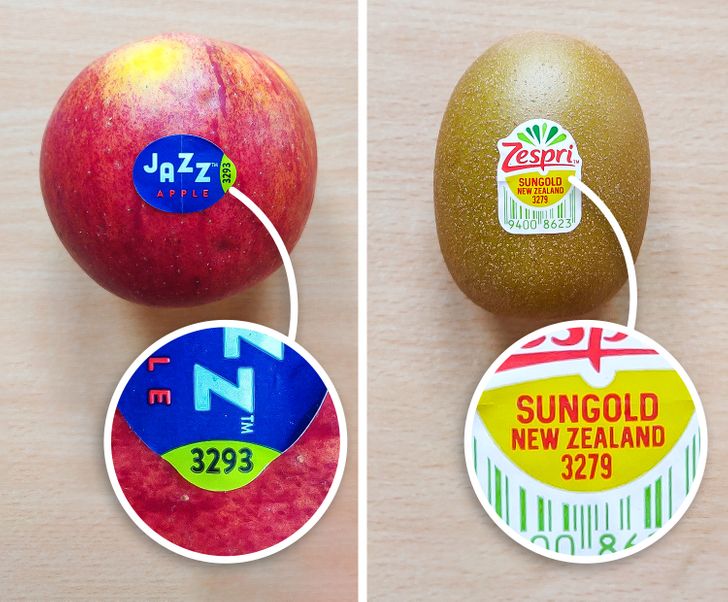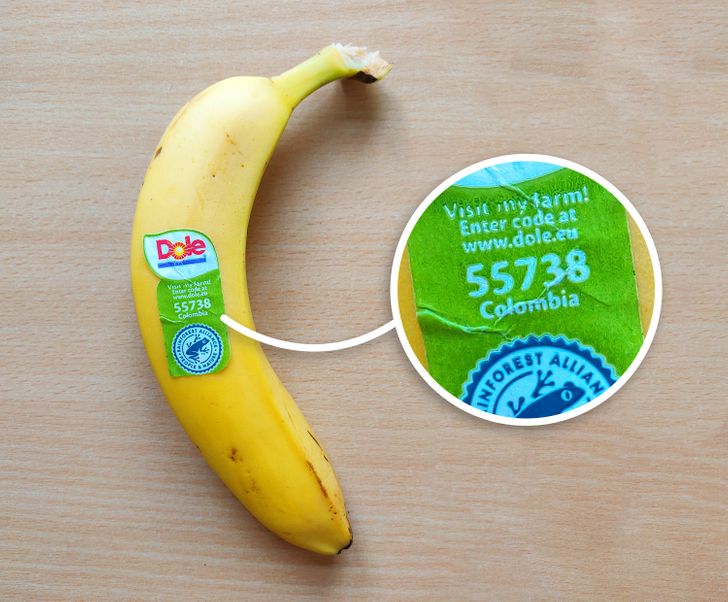How to Read Food Codes

Eggs, fruits, and vegetables sold in stores often come with unique codes. These numbers actually contain important information that can tell the customer about the product’s method of production. 5-Minute Crafts wants to uncover the mystery behind those digits and tell you more about what they mean.
1. Codes on eggs

When you buy eggs from the store, you will find unique codes on each of them. This stamp contains information about the way the eggs were produced and where they come from.
1. The first single-digit indicates how the chicken that laid the egg had been farmed:
- 0 = organic egg production
- 1 = free-range eggs
- 2 = chicken was kept in a barn or indoors
- 3 = chicken was kept in a cage
2. The next 2 letters stand for the country where these eggs were produced. For example:
- UK = United Kingdom
- BE = Belgium
- NL = The Netherlands
- DE = Germany
- PL = Poland
3. The last 5 digits indicate the unique code of the egg producer or farmer.
2. Codes on fruits and vegetables

Many fruits and vegetables have stickers with different numbers on them. These are called PLU codes (price look-up codes). They are used internationally and contain information about how the product was grown.
- If there is a 5-digit number that starts with a 9 — the product was organically grown.
- If there is a 4-digit code that starts with a 3 or a 4 — the product was conventionally grown.
- If there is a 5-digit code that starts with an 8 — the product was genetically modified.
3. Codes on bananas

However, some of the stickers might contain slightly different information about the fruit or vegetable. For example, on some bananas, you can find codes that indicate the farm where the banana was grown on.